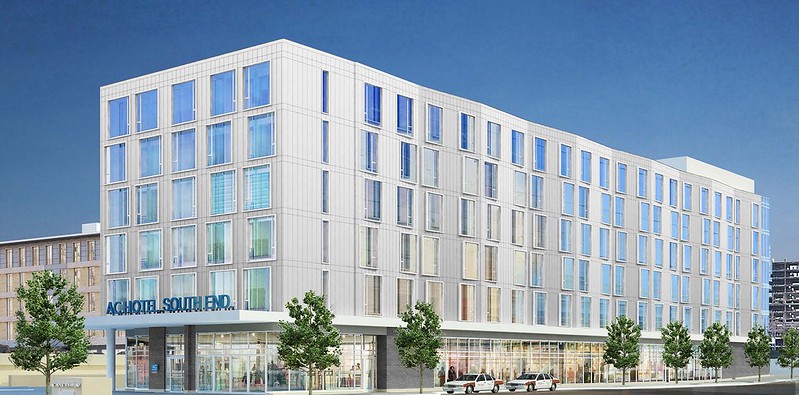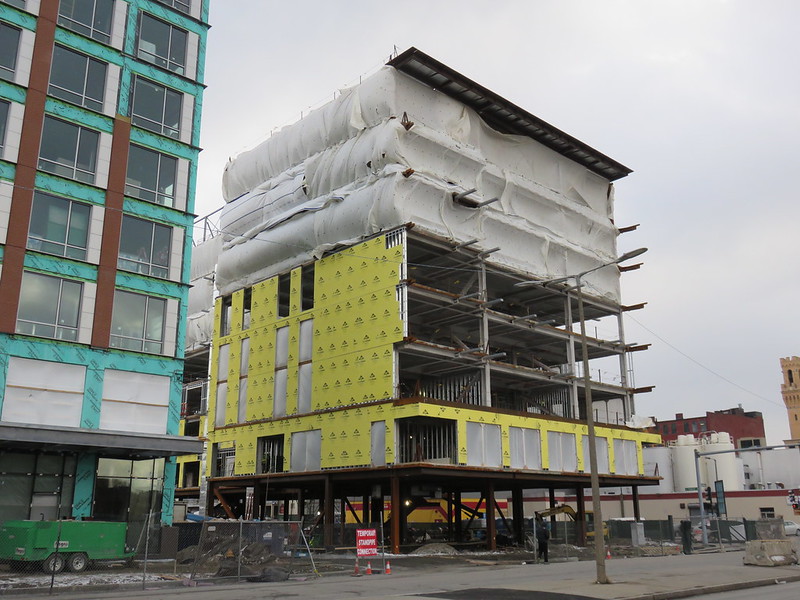whighlander
Senior Member
- Joined
- Aug 14, 2006
- Messages
- 7,812
- Reaction score
- 647
Went to the Whole Foods today and it's really really nice. I'm unlikely to ever go to Shaw's again. Hooray!
Also it was packed with people. It was actually a bit difficult to walk around since there were so many people in the store.
meddlepal -- that might be the "Better stock-up for the Epic Blizzard of 15" effect -- perhaps after we dig out and transportation resumes sometime in March -- you might want to re-sample the crowd



